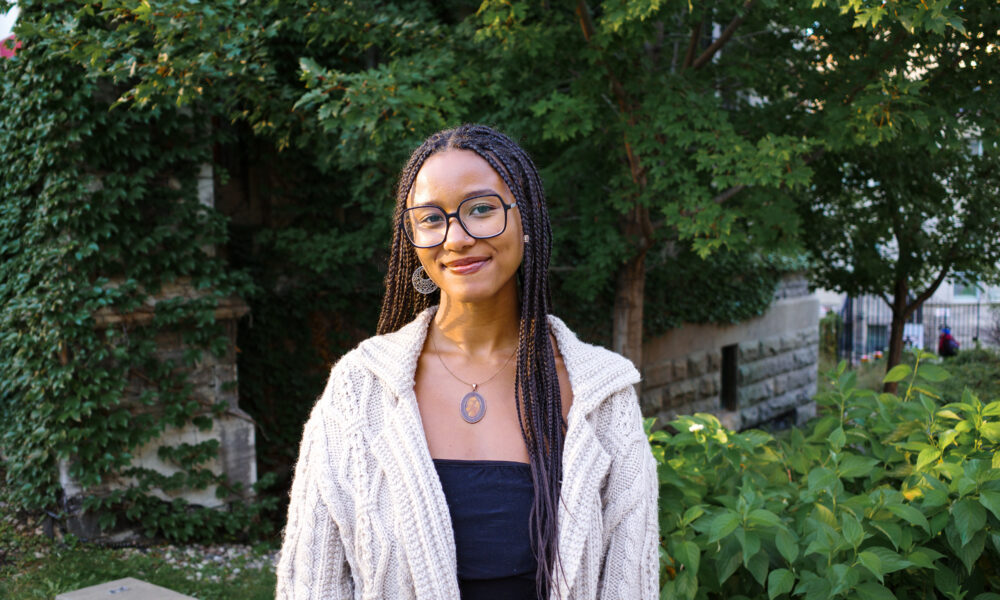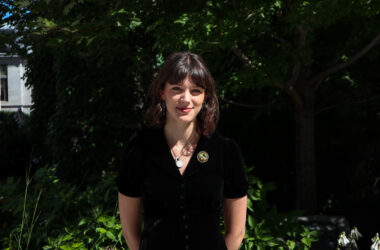A few weeks ago, my professor began our history seminar on Black Internationalism by asking if we had ever imagined ourselves or our families enslaved. Given the subject matter of the class, the question wasn’t necessarily surprising, but I found it unnecessary. As upper-year history students, hadn’t we learned that we don’t need to put ourselves in others’ shoes to understand or humanize them?
What was even more striking was the demographic being asked. The idea of my majoritarily white peers imagining themselves as enslaved in order to empathize with Black suffering was unsettling. I wondered, “Am I being oversensitive, or am I just growing increasingly frustrated with how we as humans choose to engage with the historical, and current, suffering of others?”
This experience led me to consider how we digest imagery of others’ hardships on social media and how sharing images of suffering, particularly the suffering of people of colour, has become so common. In an age of hyper-visibility, we increasingly encounter images of human misery—whether it’s police brutality, children killed in conflict zones, the conditions of migrant workers, or any other gruesome injustices. These images often spark outrage and mobilize action, especially among white allies, but history shows that this energy quickly fades. The constant exposure risks turning suffering into a routine part of our daily media consumption, numbing us rather than inspiring lasting change.
The expectation that viewing images of suffering will inspire empathy and action also overlooks the unequal burden placed on marginalized communities. For instance, to Black Americans, videos of police violence that shock white viewers are not new revelations—they are painful reminders of a history that lives in their everyday experience. As American theologian James Cone wrote, “Black Americans cannot forget the terror of the lynching tree… It is buried deep in the living memory and psychology of the Black experience in America.” The same goes for those in African countries and their diasporas who face the generational trauma of colonialism paired with the ongoing harm from neo-colonialism.
More troubling is the underlying assumption that witnessing suffering is necessary to care about or act against injustice. Today, as we scroll through endless images of war, brutality, and displacement, we risk becoming passive consumers of other people’s agony. Images depicting the hardships faced by people of colour, which have long served to reinforce racial hierarchies, evoke empathy no more effectively than a familiar song that calls to mind a past experience. This reliance on graphic imagery or imagining ourselves in others’ shoes reduces adversity to spectacle, framing empathy as something triggered only by what we see. Instead of fostering meaningful action, this approach desensitizes us, trapping us in outrage without the imagination needed to envision a future beyond pain.
Honouring ongoing suffering, as well as those who have lost their life to it, requires more than passive media consumption; it calls for meaningful action and reflection beyond the visual. We must question whether witnessing suffering interrupts power dynamics or merely reproduces them. Are we being proactive, or are we just watching?
If advocacy relies on the continual display of suffering, we remain in a cycle where pain is the primary currency for creating change. We need to imagine a way forward that does not depend on the circulation of violent imagery. Instead of waiting for the next shocking video to reignite our activism, we must shift towards effective strategies that centre community care, justice, and long-term policy solutions. Our advocacy must be based less in reactivity and more on building a world in which the exploitation of violent imagery is no longer necessary. This shift requires us to move beyond empathy that is sparked by trauma and towards solidarity rooted in shared humanity. We do not need to see another video of a Black person killed by police or a child carried from the ruins of war in Palestine to know that injustice exists. What we need is the imagination and commitment to act before the next tragedy is captured on camera.







